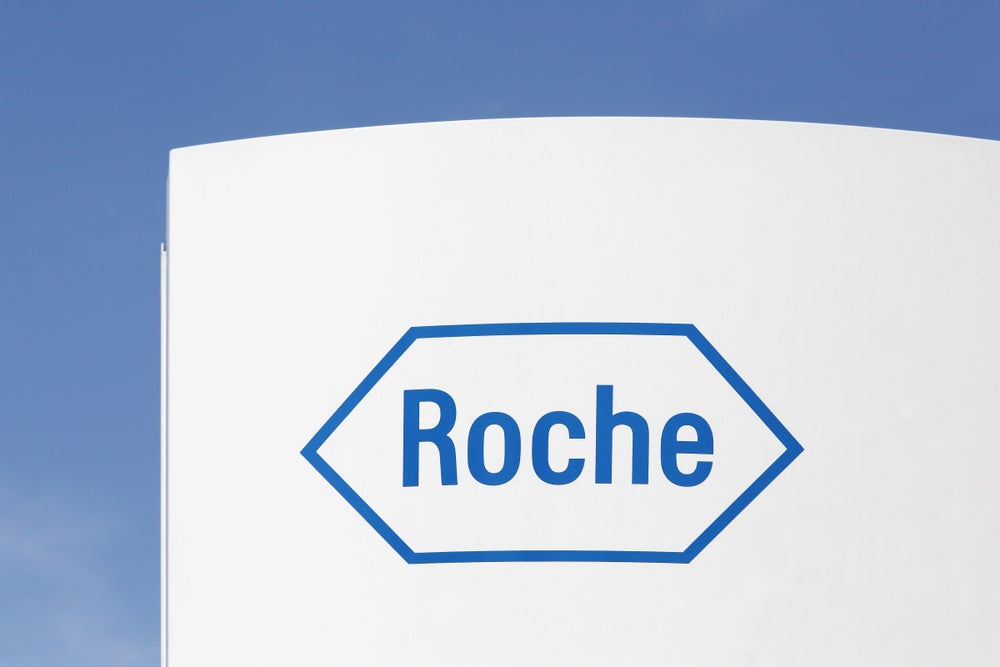Review article shows key role of Brazil in research on sugarcane for bioenergy
Publications on sugarcane have increased exponentially since 2006 worldwide, and Brazil has had more articles published on the topic than any other country in the period, according to a review in BioEnergy Research. Credit: Marcos Buckeridge Publications on sugarcane have increased exponentially since 2006 worldwide, and Brazil has had more articles published on the topic than any other […]

Publications on sugarcane have increased exponentially since 2006 worldwide, and Brazil has had more articles published on the topic than any other country in the period, according to a review in BioEnergy Research.

Credit: Marcos Buckeridge
Publications on sugarcane have increased exponentially since 2006 worldwide, and Brazil has had more articles published on the topic than any other country in the period, according to a review in BioEnergy Research.
The number of articles on the subject averaged about five per year between 1999 and 2006 but had reached 327 by 2021. Brazil has twice as many articles on sugarcane as the United States, which ranks first in the world for scientific publications in general. Brazil is also ahead of Australia, China and India, which are also major sugarcane growers.
According to the authors of the review, who are affiliated with the Laboratory of Plant Physiological Ecology (LAFIECO) at the University of São Paulo’s Institute of Biosciences (IB-USP), these statistics highlight Brazil’s importance to global sustainability efforts.
“Sugarcane is one of Brazil’s main tools for coping with climate change as ethanol from sugarcane is one of the most important renewable biofuels that can replace fossil fuels. However, there isn’t enough ethanol in the world. More needs to be produced, and this requires genetic improvement of sugarcane,” said Marcos Buckeridge, last author of the review and head of LAFIECO.
The study was funded by FAPESP via three projects (19/13936-0, 22/05524-7 and 22/00441-6).
The review also discusses the history of sugarcane genetic improvement in Brazil from the arrival of the Portuguese to the currently available varieties. “Despite all the improvement, the genetic engineering strategies applied to sugarcane need to advance further compared to other crops. Moreover, we’ve reached a limit in genetic terms: we’ll have to increase the number of cells or their size for the plant to store more sugar, and this requires sophisticated techniques. Big data, advanced analytical methods, bioinformatics and substantial computational resources, among others, are needed to help improve sugarcane’s physiological performance and yield without expanding crop acreage,” Buckeridge explained.
Challenges ahead
Scientists all over the world who aim to control the behavior of sugarcane with precision and leverage its potential to help cope with the extreme droughts and floods that are part of climate change face two challenges. The first is the need for better genome sequencing. In Brazil, this effort is being led by Diego Pachon, a researcher at the University of São Paulo’s Center for Nuclear Energy in Agriculture (CENA-USP).
Once precise whole genome sequencing of sugarcane is successfully obtained, the next step will be to develop techniques capable of making specific modifications in the genome. The main hope for most scientists resides in CRISPR-Cas9 gene editing, currently being tested by Marcelo Menossi, a researcher at the State University of Campinas’s Institute of Biology (IB-UNICAMP).
Progress has also been achieved in the field in recent years in other major sugarcane production and research centers, such as the United States, India and Australia.
The review of the literature conducted by LAFIECO was supported by INCT Bioethanol, one of the National Institutes of Science and Technology (known as INCTs, the Portuguese-language acronym) in São Paulo state funded by FAPESP and the National Scientific and Technological Development Council (CNPq) – and the Research Center for Greenhouse Gas Innovation (RCGI), an Engineering Research Center (ERC) established by FAPESP and Shell at the University of São Paulo’s Engineering School (POLI-USP).
About São Paulo Research Foundation (FAPESP)
The São Paulo Research Foundation (FAPESP) is a public institution with the mission of supporting scientific research in all fields of knowledge by awarding scholarships, fellowships and grants to investigators linked with higher education and research institutions in the State of São Paulo, Brazil. FAPESP is aware that the very best research can only be done by working with the best researchers internationally. Therefore, it has established partnerships with funding agencies, higher education, private companies, and research organizations in other countries known for the quality of their research and has been encouraging scientists funded by its grants to further develop their international collaboration. You can learn more about FAPESP at www.fapesp.br/en and visit FAPESP news agency at www.agencia.fapesp.br/en to keep updated with the latest scientific breakthroughs FAPESP helps achieve through its many programs, awards and research centers. You may also subscribe to FAPESP news agency at http://agencia.fapesp.br/subscribe.
Journal
BioEnergy Research
DOI
10.1007/s12155-023-10649-9
Article Title
Biotechnologies to Improve Sugarcane Productivity in a Climate Change Scenario
Article Publication Date
30-Aug-2023
What's Your Reaction?


































